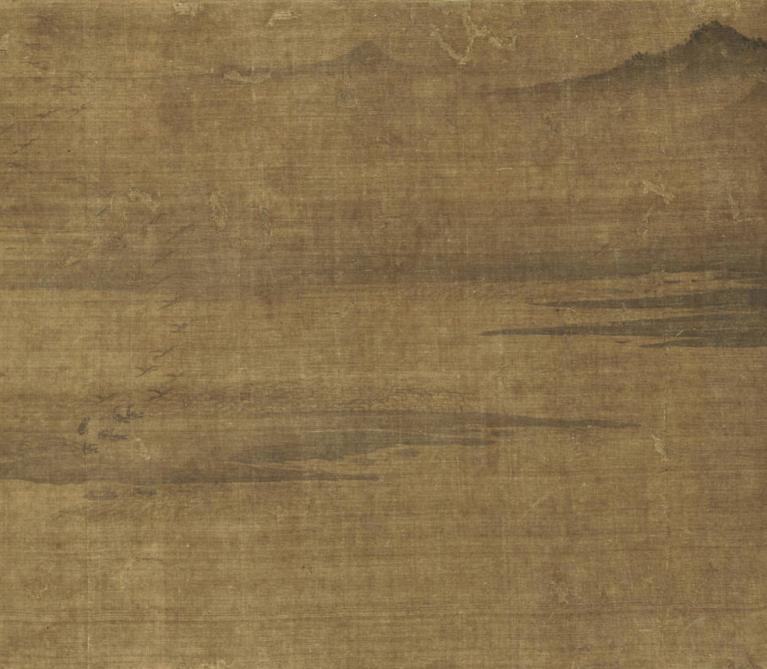Workshops
Organized by Cheng-hua Wang and Dora C. Y. Ching

The concept of landscape emerged in early China together with terms that referred to natural elements that include mountains and rivers. As in the West, where the concept of landscape emerged in a certain historical context and underwent transformations, the Chinese concept of landscape also developed with sociocultural implications, cognate terms, and literary and pictorial representations. The concept of landscape in the West has recently become a contested ground for the study of multifarious disciplines including art history and human geography, with questions addressing its signified fields, historical inflections, enunciative positions, and social formations; the reevaluation of the subject from a Chinese viewpoint will similarly provide a fresh perspective. Furthermore, in the global context of scholarly inquiry, problematizing the concept of landscape in Chinese art will draw out historical resonances and dissonances with the West and other cultures.
Part of a larger project that tackles issues related to Chinese landscape art, this workshop focuses on the theory and practice related to what we call today “landscape” in different aspects of Chinese culture prior to and leading up to the mid-ninth century. In the mid-ninth century, when Zhang Yanyuan wrote Lidai minghua ji (Record of Famous Paintings of Successive Periods), the term shanshui, literally translated “mountains waters,” was used to refer to paintings that took landscape elements—mountains, waters, trees, and rocks—as their object of depiction. Recent archaeological findings also inform us of the emergence of “pure” landscape painting in the mid-eighth century, regardless of any meaning attached to landscape elements. Though the etymological origins of terms referring to “landscape” or the rise of landscape painting as an art form and painting genre will figure in discussions, the primary line of inquiry will be how the concept of landscape was manifested, and how it evolved and interacted with artistic developments before both the term shanshui and its corresponding art forms became commonly recognized as “landscape” in the ninth century.
Workshop Participants
Rachael Z. DeLue, Princeton University
Ronald Egan, Stanford University
Cary Y. Liu, Princeton University Art Museum
Jie Shi, Bryn Mawr College
Jerome Silbergeld (emeritus), Princeton University
Xiaofei Tian, Harvard University
Andrew M. Watsky, Princeton University
Wu Hung, University of Chicago
Organized by Cheng-hua Wang and Dora C.Y. Ching
